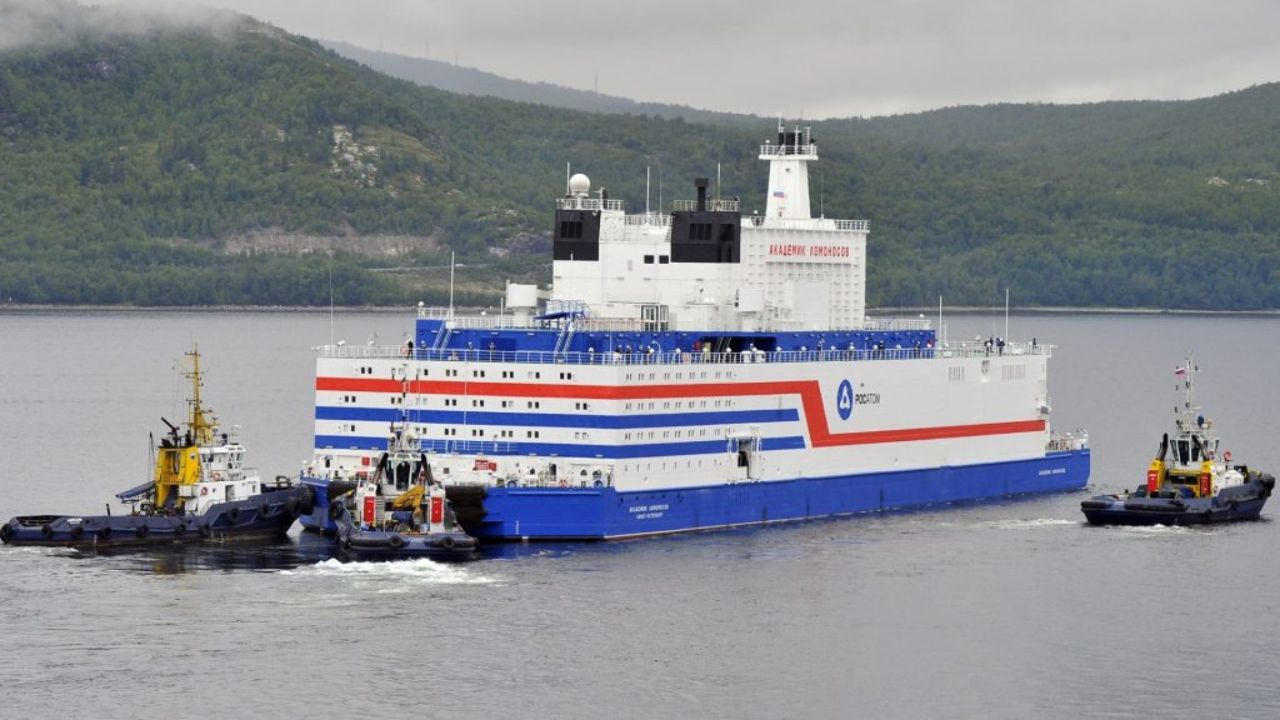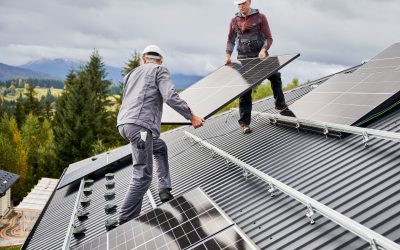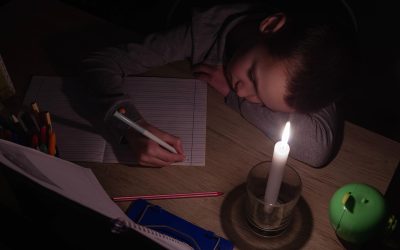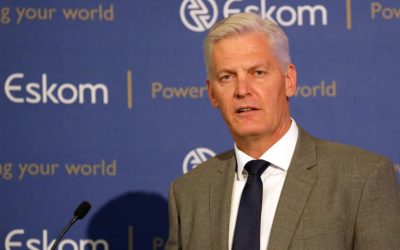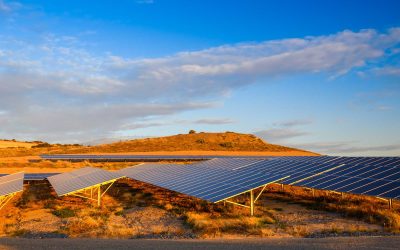An article from Moneyweb [1] reports on a company called Rosatom and their power offering to Eskom. Rosatom, like Karpowership, builds power stations on ships and sends them to the point of need. Karpowerships, you may recall, are gas-to-power technology. Rosatom ships, however, are nuclear power technology. Rosatom is offering to solve some of South Africa’s energy issues by selling us a few nuclear power ships.
Someone commented on the article stating, “The more we collapse, the more dodgy solutions are offered by those that see an opportunity to further rob the taxpayer in this country… So far, the Chinese Turks Russians and Indians all want their fingers in our pie….they see our leaders as corruptible, immature and easy prey!” I couldn’t agree more.
The CEO of Rosatom Central and Southern Africa, Ryan Collier, stated that baseload electricity is needed to supplement intermittent renewables. The CEO is wrong on two points. Understanding why he is wrong is key to understanding why his product is not a good fit for South Africa.
Firstly, renewables are not intermittent. Intermittency implies irregularity, discontinuous, with sudden changes. Unfortunately, at this stage, many Eskom power plants are what we would consider intermittent. Power from renewables is variable. It ramps up and down throughout the day with the movement of the sun and the changes in the wind. It is also fairly predictable. It’s predictable enough to make provision for times of low sun and low wind.
Secondly, baseload power is not needed to supplement renewables. I’ve written previously about the incompatibility between renewables and baseload power. The variability of renewables needs to be complemented by flexible generation, not baseload generation. Flexible generation is technology such as gas turbines (which could be powered by diesel, natural gas, or biogas), CSP, and storage (such as pumped storage, batteries, and hydrogen). This is power that can be ramped up and down very quickly to respond to changes in the weather. Flexible power works very well with renewables.
Nuclear power does not work very well with renewables. Start-up and shut-down times are too long. Nuclear plants need to be kept online all the time for them to be cost-effective. They make good baseload plants, but they do not have the flexibility needed to complement renewables. Nuclear plants cannot ramp up and down to respond to variations in the weather.
Rosatom also makes mention that their nuclear plants would be well-priced (per kWh) and that it would be a hedge against the risk of rising gas prices. I agree that nuclear power is cheaper than gas. However, given South Africa’s amazing wind and solar resources, nuclear power can be as much as 40% more expensive than renewables. If our power system is based on renewables, and we have gas to complement the variability, we would still end up cheaper than baseload nuclear.
Gas, while more expensive than nuclear, would only be needed about 10% of the time. So, the cost of gas doesn’t really matter all that much. What matters is that the bulk of our power system is the cheapest. The cheapest is renewables. In addition to being the cheapest, renewables are far quicker to mobilize, even than these Rosatom plants.
We have to choose between the baseload route and the renewables route. But, we have to make the decision ourselves. We can’t be dictated to by foreign countries who want to sell us their products.
References:
[1] MoneyWeb. “Nuclear powerships offer clean baseload electricity at predictable prices – Rosatom”. Online. https://www.moneyweb.co.za/news/south-africa/nuclear-powerships-offer-clean-baseload-electricity-at-predictable-prices-rosatom/ (Accessed 20 April 2023)

